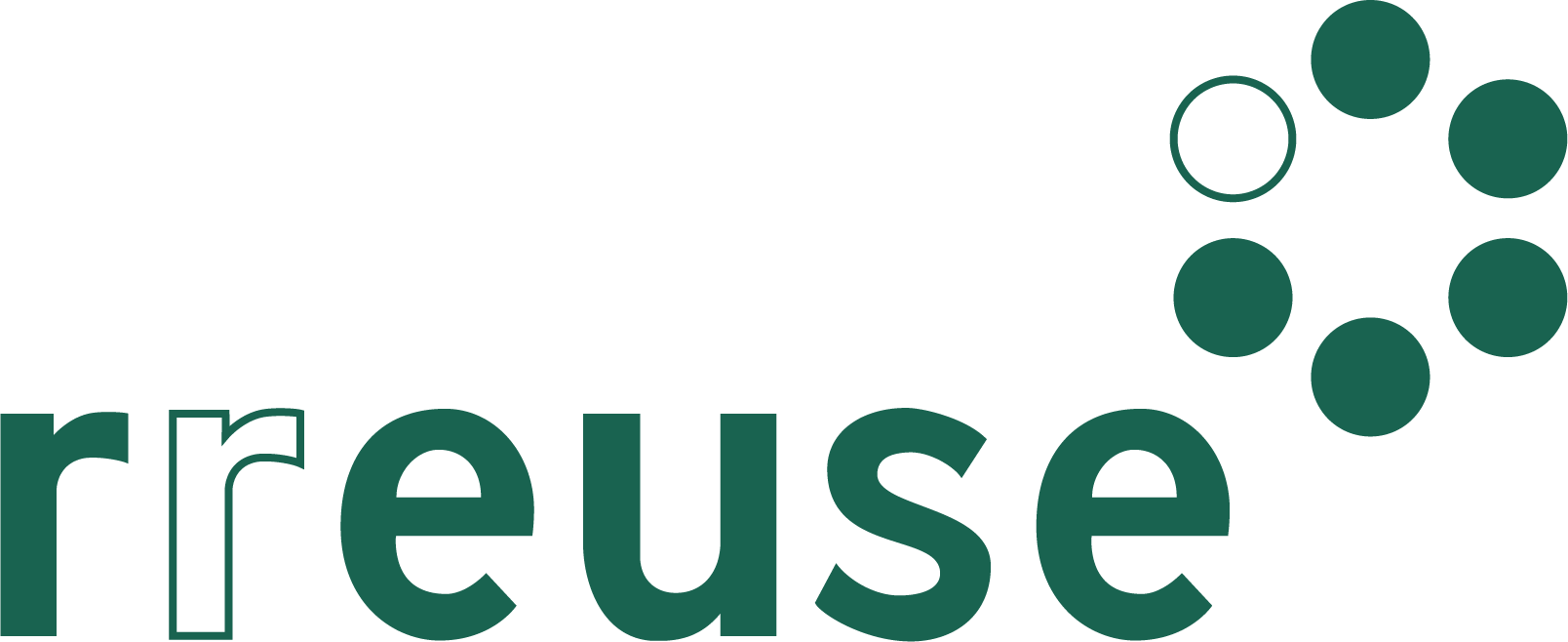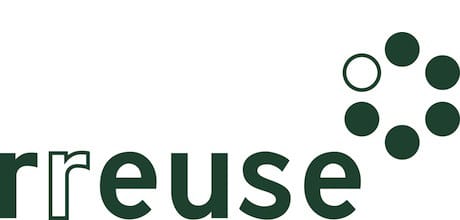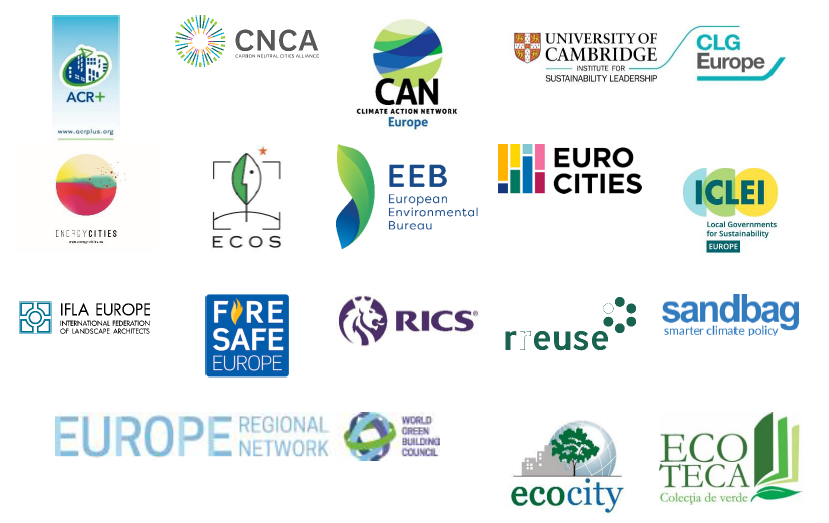31 signatories, representing a diverse range of stakeholders, call for delivery of EU Strategy for a Sustainable Built Environment in a letter addressed to European Commission’s executive vice president Frans Timmermans, and commissioners Thierry Breton and Virginijus Sinkevičius.
.
On 11 March 2021, a broad coalition of 31 expert organisations sent an open letter calling on the European Commission to deliver a strategy for a sustainable built environment to support the European Green Deal and meet EU climate goals.
One year after the launch of the Circular Economy Action Plan (CEAP), there is no clear timeline for a EU Strategy for a Sustainable Built Environment. At the moment, the European Commission is even openly questioning its intentions to go ahead with this strategy. This has triggered 31 organisations to call for an ambitious EU Strategy for a Sustainable Built Environment (SSBE) to be published by the end of 2021, in line with commitments set in the CEAP.
Such strategy is essential to tackle the substantial impacts of EU buildings and the construction industry, which account for an estimated 50% of energy consumption, 36% of CO2 emissions, 50% of raw materials, and 33% of waste and water use [1].
The letter was sent on 11 March 2021, exactly one year after the release of the EU Circular Economy Action Plan. One year on, no strategy for sustainable buildings has been presented, nor is it expected this year as planned.
Signatories include environmental NGOs, industry stakeholders, and representatives from cities and regions.
A strategy is essential to address the sector’s high impacts, and make clear links between existing legislative proposals highlighted within the CEAP [2], and all other relevant legislation currently being revised. [3]
Key messages from the letter:
- A Strategy for a Sustainable Built Environment was announced to be published by the end of 2021.
- The substantial impacts of the sector need to be addressed as soon as possible for the EU to meet its climate goals in 2030 and 2050 respectively.
- In order to accelerate the uptake of sustainable and circular building solutions and harmonised methodologies, and generate adequate investment, the construction value chain as a whole needs visibility and a clear commitment by the EU to develop a coherent legislative framework.
- This strategy is needed to drive sustainability, in part through circular economy practices, to tackle the impacts of buildings and the construction sector.
- Citizens and stakeholder groups now all need clarity and strong coordination from the European Commission – a strategy to deliver a comprehensive approach to sustainability of the built environment.
Click here to view the letter (PDF)
[1] European Commission figures: https://ec.europa.eu/environment/topics/circular-economy/levels_en#ecl-inpage-261 and https://ec.europa.eu/easme/en/news/sustainable-buildings-europe-s-climate-neutral-future
[2] Policies proposed to form part of EU Strategy for a Sustainable Built Environment: Construction Products Regulation, use of LEVEL(s) in public procurement and the EU sustainable finance framework, addressing Construction & Demolition Waste, LEVEL(s) and soil-related policies, as well as the Renovation Wave.
[3] Relevant policies not mentioned in the CEAP: Energy Efficiency Directive and Energy Performance of Buildings Directive.


